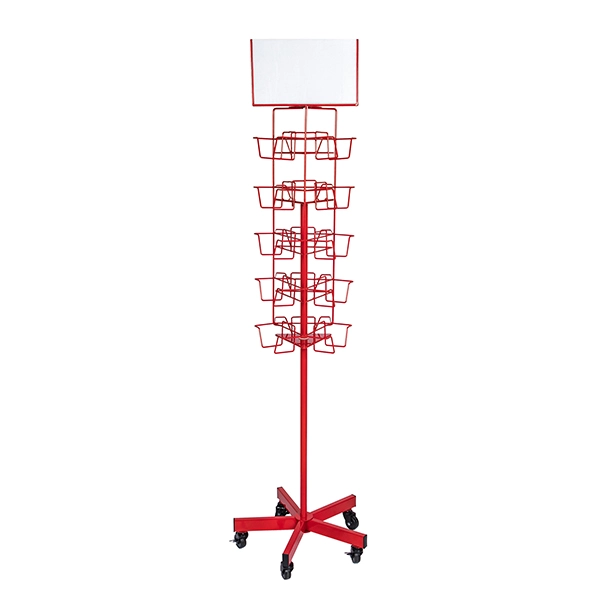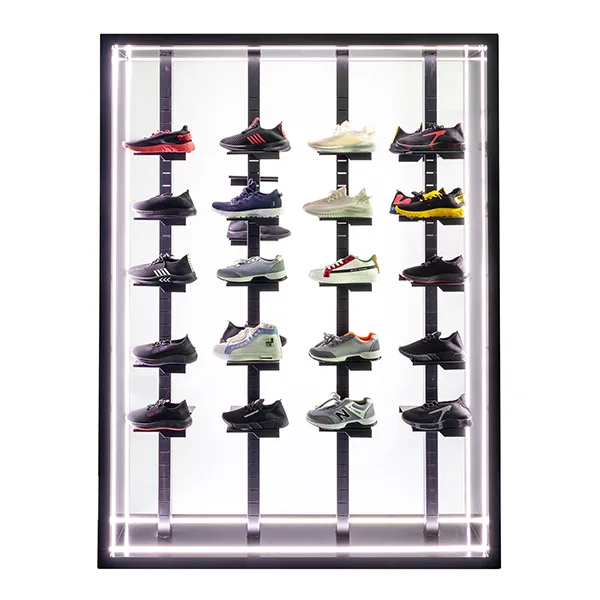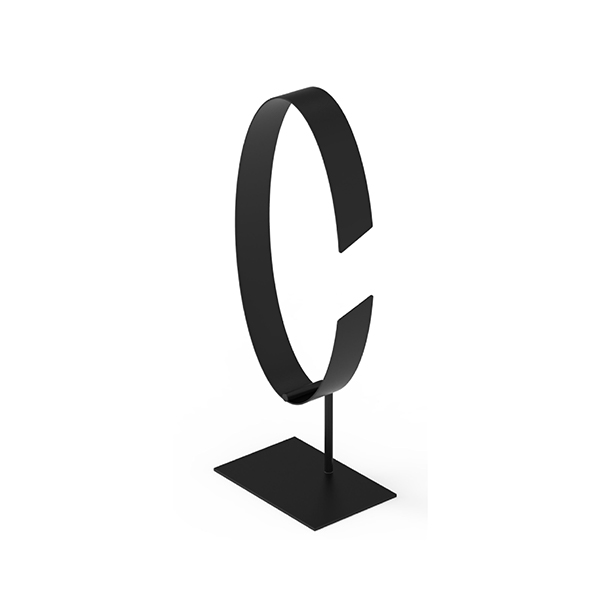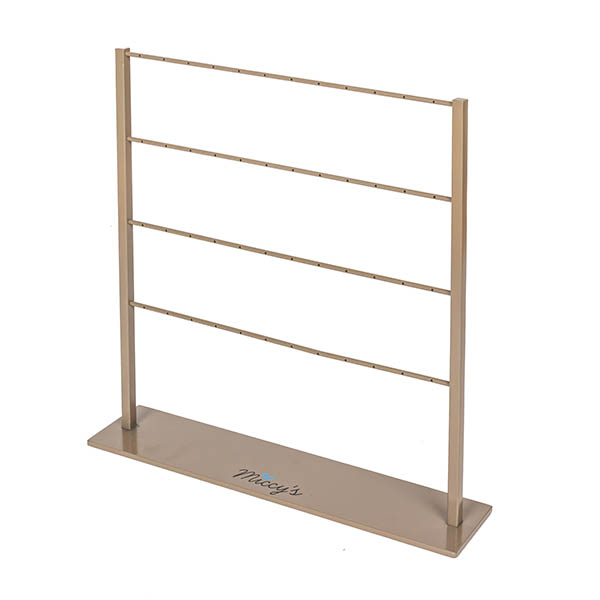Сколько стоят POP-дисплеи?
Point of Purchase (POP) displays are crucial elements in retail environments, designed to capture consumer attention and drive sales at the critical moment of purchase. As businesses consider incorporating these displays into their marketing strategies, a common question arises: "How much do POP displays cost?" The answer is not straightforward, as the cost varies widely based on several factors, including the type of display, materials used, design complexity, and the POP displays maufacturer itself. This article provides a comprehensive analysis of the costs associated with POP displays, offering rigorous and realistic data to aid in budgeting and planning.

Types of POP Displays
The first determinant of cost is the type of POP display. POP displays can be broadly categorized into several types, each serving different purposes and environments. These include:
- Витрины для столешниц: These small displays are placed on counters and are ideal for showcasing smaller items like cosmetics, snacks, or promotional materials.
- Напольные дисплеи: These are larger, free-standing units designed to hold more products and make a significant visual impact.
- Endcap Displays: Positioned at the end of aisles, these displays attract customers as they navigate the store, capitalizing on high traffic areas.
- Shelf Displays: Integrated into existing shelving systems, these displays highlight specific products directly within the aisle.
- Interactive Displays: These utilize digital screens or interactive elements to engage customers, providing information or entertainment to enhance the shopping experience.
Material Considerations
Materials play a significant role in the cost of POP displays. Common materials used include cardboard, plastic, metal, and wood. The choice of material impacts not only the durability and aesthetic appeal of the display but also its overall cost.
- Cardboard: Often used for temporary displays, cardboard is the most cost-effective option. Prices for cardboard displays can range from $50 to $200 per unit, depending on size and complexity.
- Plastic: More durable than cardboard, plastic displays offer a balance between cost and longevity. These typically range from $100 to $500 per unit.
- Металл: Metal displays are highly durable and suitable for long-term use. They can cost between $200 and $1,000 per unit, depending on the design and finish.
- Дерево: Offering a premium look, wood displays are often used for high-end products. Costs for wood displays can range from $300 to $2,000 per unit.
Design Complexity
The complexity of the design significantly influences the cost of POP displays. Simple, pre-designed displays are less expensive than custom-designed units tailored to specific branding requirements. Factors influencing design complexity include:
- Graphics and Printing: High-quality graphics, color printing, and brand-specific designs add to the cost. Advanced printing techniques and finishes can increase the price by 10-30%.
- Структурное проектирование: Displays with intricate shapes, multiple compartments, or interactive elements require more time and resources to produce. This can lead to a 20-50% increase in cost compared to simpler designs.
- Customization: Customization to fit unique product specifications or brand aesthetics further drives up the cost. Custom designs can be up to twice as expensive as standard options.
Production Volume
The volume of displays ordered also affects the overall cost. Generally, higher production volumes lead to lower per-unit costs due to economies of scale. However, smaller orders might incur higher costs per unit.
- Low Volume Orders: For orders of less than 100 units, costs can be significantly higher due to setup fees and lower efficiency in production. Expect prices to be 20-50% higher per unit.
- Medium Volume Orders: Orders ranging from 100 to 500 units benefit from more efficient production processes, leading to moderate cost reductions.
- High Volume Orders: Orders exceeding 500 units typically see substantial per-unit cost reductions. Bulk orders can lower the cost by up to 30-50% compared to low volume orders.
Additional Costs
Beyond the primary factors of type, material, design, and volume, several additional costs should be considered when budgeting for POP displays.
- Shipping and Handling: Depending on the size and weight of the displays, shipping costs can be significant. For large displays, freight shipping might be necessary, adding hundreds of dollars to the overall cost.
- Assembly and Installation: Some displays require professional assembly and installation, which can add to the cost. Fees for assembly and installation services can range from $50 to $300 per display, depending on complexity.
- Maintenance and Replacement: For long-term displays, consider the potential costs for maintenance and replacement parts. Durable materials like metal and wood may require less frequent replacement, but the initial investment is higher.
Rigorous and Realistic Data
To provide a realistic understanding of the costs, let's consider some industry data and examples. A study by Nathan Dube found that the average cost of a POP display ranges around $100, depending on the type and complexity. For instance, a simple countertop display made of cardboard might cost around $75, while a custom-designed, interactive floor display could exceed $1,200.
Another survey by Retail Insights indicated that retailers typically allocate about 10-20% of their in-store marketing budget to POP displays. This percentage reflects the importance of these displays in influencing consumer behavior and driving sales.
A specific example involves a mid-sized retailer that invested in 300 custom cardboard floor displays for a seasonal promotion. The cost per display was approximately $250, resulting in a total expenditure of $75,000. The displays significantly boosted product visibility and sales, demonstrating a strong return on investment.
Заключение
In conclusion, the cost of POP displays varies widely based on several factors including type, material, design complexity, and production volume. By understanding these factors and considering additional costs such as shipping, assembly, and maintenance, businesses can make informed decisions and effectively budget for their POP display needs. Rigorous and realistic data suggest that while the initial investment can be substantial, the potential for increased sales and brand visibility often justifies the expense. As with any marketing strategy, it is crucial to balance cost with the expected return on investment, ensuring that the chosen POP displays manufacturer align with the overall business objectives and marketing goals.
Похожие посты:
Как разработать индивидуальный POP-дисплей?
Какие материалы лучше всего подходят для индивидуальных POP-дисплеев?





